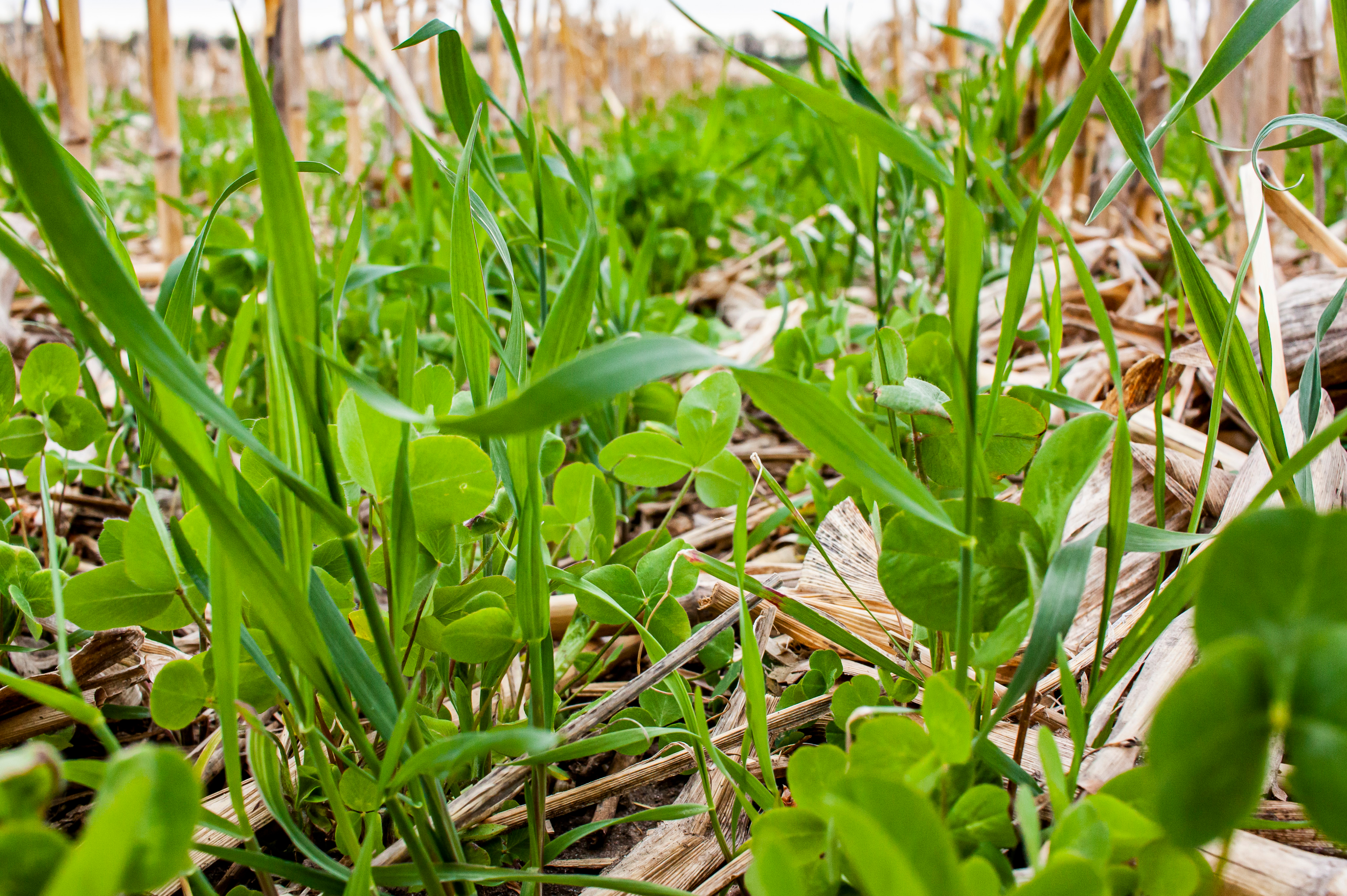This session focuses on how cover crops contribute to farm profitability through cost savings, increased revenue and improved management efficiency. It introduces partial budget analysis as a tool for evaluating added and reduced costs, as well as potential gains and losses in revenue associated with cover crop adoption. It also explores specific farm activities where costs or revenues may be impacted. A wide range of evidence is presented to demonstrate how cover crops can deliver positive economic returns. These include insights from a SARE Technical Bulletin, a report from the Soil Health Institute’s economic analysis of soil health practices on 100 farms across nine states (including 12 in Nebraska), farmer surveys on perceived benefits and net returns in the U.S. Midwest, and case studies from the American Farmland Trust. It also introduces key decision-support tools and resources, including the UNL Crop Budget platform, the Ag Budget Calculator, Iowa State’s Net Returns Calculator, and the University of Missouri’s Farm Machinery Cost Estimates Guide. It concludes with a summary of key findings and evidence, acknowledging challenges while offering practical recommendations to help farmers maximize the economic benefits of cover crop adoption.
This webinar, entitled ‘Considering How Cover Crops Offer Returns on Investment,’ is the third in a four-part series on cover crops, presented by Andrea Basche, an associate professor at the UNL Department of Agronomy and Horticulture.
These course materials are part of a collaborative agreement between USDA NRCS and the University of Nebraska to support conservation delivery.
